Imagine exploring the world’s most breathtaking coastlines, setting your own pace, and charting your own course without relying on a skipper. That is the promise of a bareboat catamaran charter in 2025.
This guide is designed to be your trusted companion for every step of the journey. Whether you are dreaming of turquoise Caribbean bays or vibrant Mediterranean harbors, you will find the expert insights you need.
Inside, you will discover what a bareboat catamaran charter involves, how to select the perfect vessel, essential planning steps, the top destinations for 2025, and practical tips for a safe, memorable experience. Let’s set sail on your next adventure.
What is a Bareboat Catamaran Charter?
Imagine the thrill of steering your own vessel through turquoise waters, deciding your route, and anchoring in secluded bays. A bareboat catamaran charter puts you at the helm, offering unmatched independence for those ready to embrace the adventure.
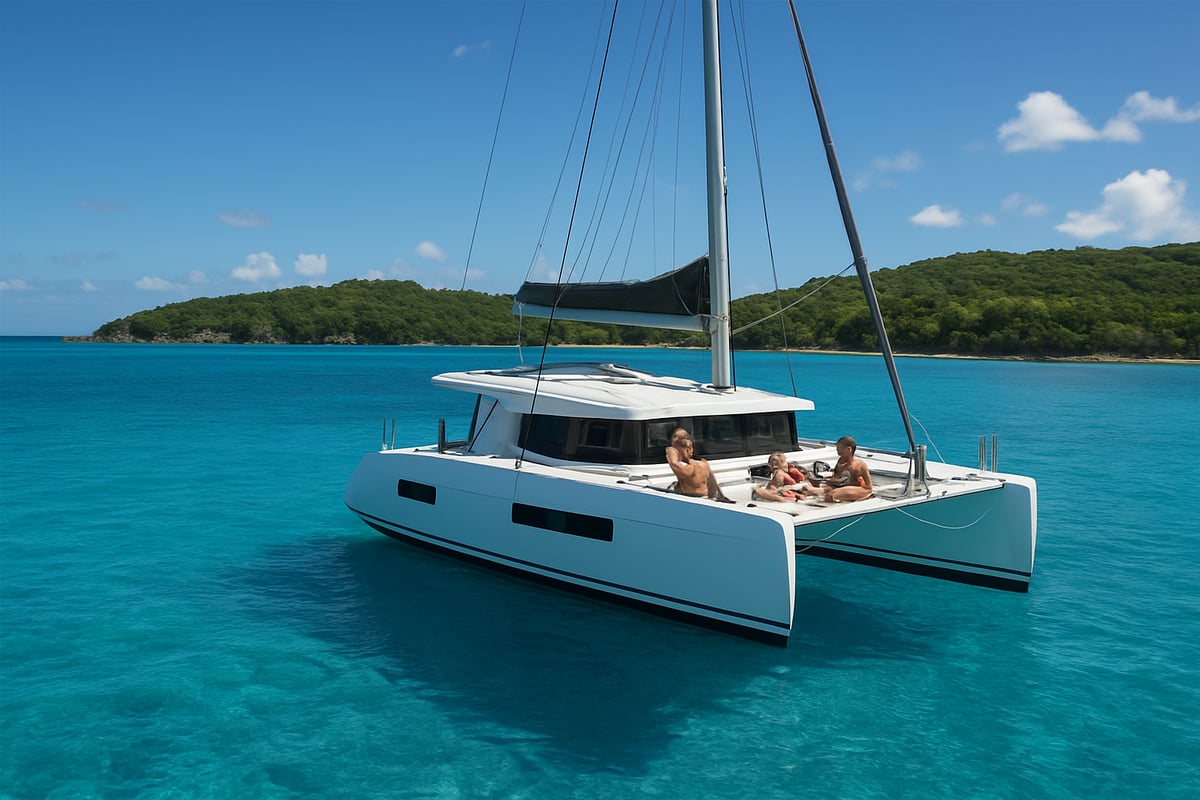
Defining Bareboat Charters
A bareboat catamaran charter means you rent a fully equipped sailing catamaran without a professional crew or skipper onboard. This arrangement gives you complete autonomy: you and your crew are responsible for navigation, safety, and daily operations.
This differs from a crewed charter, where a hired captain and staff handle sailing and hospitality. With a bareboat catamaran charter, you chart your own course, set your pace, and enjoy true privacy. However, most charter companies require proof of sailing experience or recognized certifications—such as an ICC, ASA, or RYA Day Skipper license—before handing over the vessel.
Catamarans are especially popular for bareboat charters due to their unique design. Featuring two hulls, they offer greater stability, expansive deck space, and comfortable cabins. This makes life onboard more relaxed, especially for families or larger groups.
How do catamarans compare to monohulls? Here is a quick overview:
| Feature | Catamaran | Monohull |
|---|---|---|
| Stability | Very stable, less heeling | More heeling, less stable |
| Space | More deck/cabin space | Less space |
| Comfort | Smoother ride | More motion at sea |
| Draft | Shallower draft | Deeper draft |
The popularity of bareboat catamaran charter options is soaring. According to leading charter companies, catamaran bookings have grown by 20% annually since 2022. Experts predict that 2025 will see even stronger demand, with more vessels and itineraries available worldwide. To better understand the concept and requirements, visit this Understanding bareboat charters resource.
Who Should Consider a Bareboat Catamaran Charter?
A bareboat catamaran charter is best suited for experienced sailors, adventurous families, and groups seeking privacy and flexibility. If you have prior skippering experience and enjoy hands-on sailing, this type of charter offers unparalleled freedom.
Families often choose a bareboat catamaran charter for the spacious living areas and the ability to tailor the itinerary. For example, a family with children might prioritize comfort and safety, while a group of seasoned sailors may focus on performance and exploring remote destinations.
However, bareboat catamaran charter is not recommended for complete beginners. Handling a sizable catamaran requires knowledge of navigation, anchoring, and safety protocols. Charter companies will typically ask for a sailing resume or proof of certification to ensure you can manage the vessel safely.
Safety should always be a priority. Comprehensive insurance is required for all bareboat catamaran charter bookings, and you’ll need to review coverage for third-party liability, damage, and personal injury.
In summary, if you value independence, have the right qualifications, and want to explore at your own pace, a bareboat catamaran charter may be your ideal sailing adventure.
Choosing the Right Catamaran for Your Charter
Selecting the ideal vessel is a pivotal step in crafting a successful bareboat catamaran charter. The right catamaran will shape your comfort, safety, and enjoyment at sea. With so many models and charter options available in 2025, understanding your needs and preferences is essential before you book.
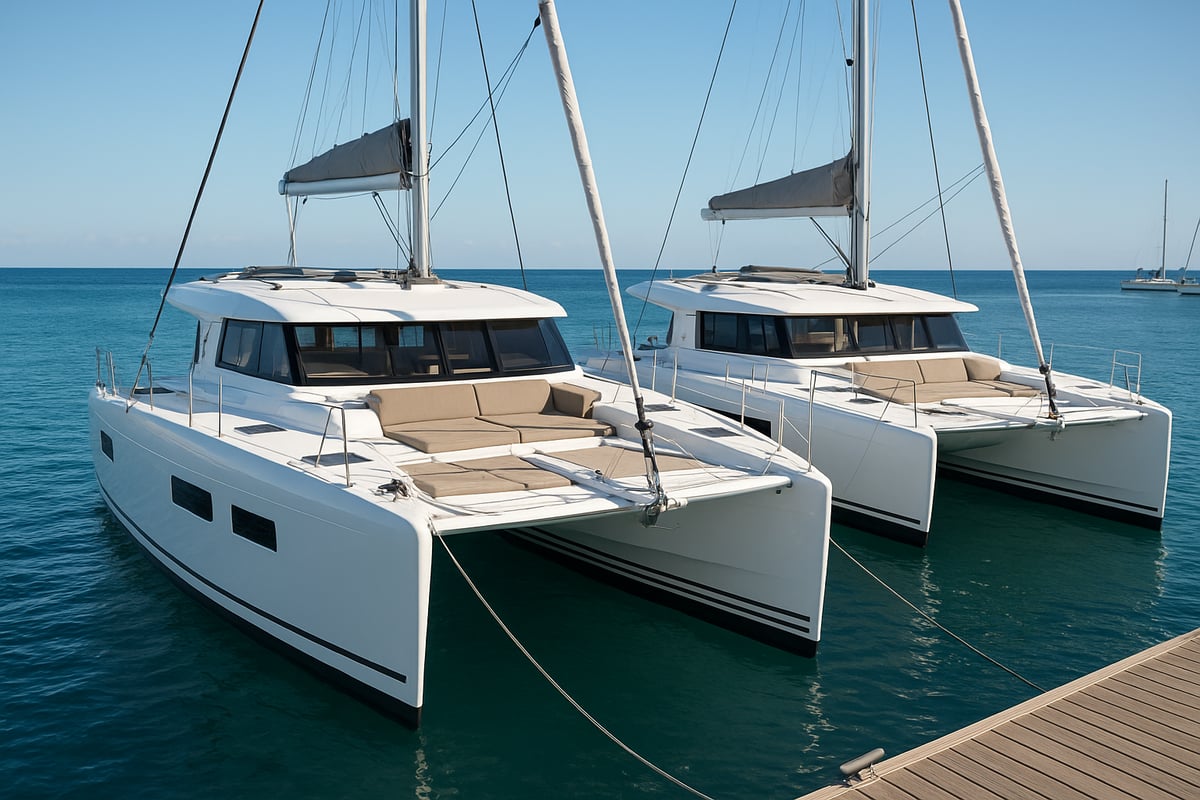
Key Factors to Consider
When planning a bareboat catamaran charter, start by assessing your group’s size and desired comfort level. Catamarans typically range from 38 to 50 feet, offering two to six cabins and multiple heads. More cabins and larger communal spaces are ideal for families or groups, while couples may prefer a smaller, more agile vessel.
Age and condition matter. Newer catamarans often feature advanced navigation systems, improved fuel efficiency, and luxurious amenities. Older models might offer value but may lack modern comforts or require a closer inspection of maintenance records.
Amenities can make a significant difference in your bareboat catamaran charter experience. Consider features such as air conditioning, watermakers, and entertainment systems. If you plan longer passages, prioritize vessels with ample water and fuel capacity.
Performance and comfort often involve tradeoffs. Racing-inspired catamarans sail faster and handle better but may have fewer luxury features. Cruising-focused models emphasize spaciousness and stability for relaxed living aboard.
Reputation is key. Choose a charter company known for well-maintained fleets and reliable support. Support services, such as 24/7 assistance and thorough briefings, can provide peace of mind.
Use the table below to compare two popular 40ft catamaran models for a bareboat catamaran charter:
| Feature | Lagoon 40 | Bali 4.1 |
|---|---|---|
| Cabins/Heads | 4/4 | 4/4 |
| Water Capacity (L) | 300 | 800 |
| Air Conditioning | Optional | Standard |
| Year Introduced | 2018 | 2017 |
| Notable Feature | Spacious cockpit | Large forward deck |
Choosing the right catamaran is the foundation for a memorable bareboat catamaran charter.
Understanding Charter Contracts and Costs
A successful bareboat catamaran charter begins with a clear understanding of contracts and costs. Charter pricing typically includes a base rate, security deposit, and insurance. The base rate covers the vessel, basic linens, kitchenware, safety equipment, and a dinghy.
Many charter companies offer optional add-ons. These may include paddleboards, kayaks, Wi-Fi, or upgraded outboards. Review what is included in the standard package to avoid surprises.
Here are some common inclusions and extras:
- Included: Linens, galley equipment, safety gear, dinghy
- Extras: Outboard upgrades, water toys, provisioning, Wi-Fi
Weekly charter rates in 2025 for a typical 40ft catamaran range from $4,000 to $10,000+, depending on season, destination, and vessel age. Be aware of hidden costs such as fuel, port fees, and final cleaning charges, which are usually not included in the base rate.
For detailed statistics on catamaran charter availability and average prices in 2025, consult the Yacht Charter Statistics Charts for Catamarans in 2025. These insights can help you budget and plan your bareboat catamaran charter with confidence.
Always review the contract terms thoroughly. Pay attention to cancellation policies, insurance coverage, and security deposit requirements to protect your investment.
Booking Timeline and Availability for 2025
Securing your preferred bareboat catamaran charter requires strategic timing. For peak seasons, such as summer in the Mediterranean or winter in the Caribbean, book at least 9 to 12 months in advance. Shoulder seasons offer more flexibility and sometimes better rates, though popular models can still book out quickly.
High-demand periods include school holidays and major sailing events. If your plans align with regattas or festivals, expect increased competition for the best vessels.
Recent trends indicate that 2025 will continue to see strong demand for bareboat catamaran charter bookings. Data from 2023 and 2024 show that early reservations yield the best selection and pricing.
To increase your chances of securing the right catamaran, consider these tips:
- Book early for peak travel dates.
- Remain flexible with your departure location or vessel model.
- Monitor charter company announcements for new fleet additions.
By understanding seasonal trends and planning ahead, you can secure the perfect bareboat catamaran charter for your 2025 adventure.
Step-by-Step Guide to Planning Your Bareboat Catamaran Charter
Embarking on a bareboat catamaran charter is an exciting adventure, but careful planning is essential for a smooth, enjoyable voyage. This guide walks you through each critical step, ensuring you are prepared, confident, and ready to make the most of your 2025 sailing experience. Whether you are a seasoned sailor or organizing your first charter, following these stages will help you navigate each aspect with clarity and ease.
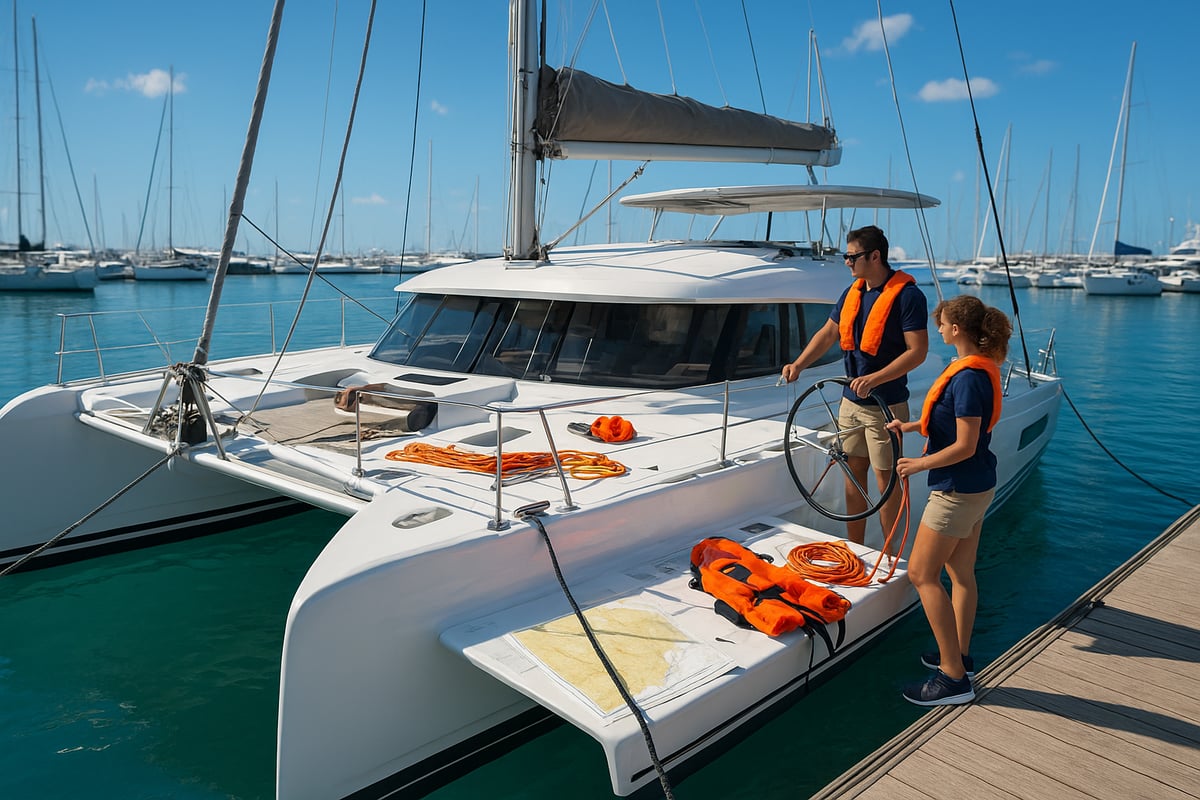
Step 1: Assessing Your Sailing Qualifications
Before you book a bareboat catamaran charter, evaluate your sailing skills and certifications. Most charter companies require at least an International Certificate of Competence (ICC), ASA 104, or RYA Day Skipper qualification. You should also have a documented log of your sailing experience, highlighting time spent as skipper and on similar vessels.
If you are unsure about your readiness, conduct a self-assessment. Consider your comfort with navigation, handling catamarans, and managing emergencies at sea. Charter companies typically review your qualifications and may ask for references or a resume.
If you lack formal credentials, consider taking a refresher course or hiring an instructor for your first day. Remember, a bareboat catamaran charter is best suited for those with practical experience and confidence in their abilities.
Step 2: Selecting Your Destination and Itinerary
Choosing where to sail is one of the most enjoyable parts of planning a bareboat catamaran charter. Consider factors like seasonal weather, sailing conditions, local regulations, and entry requirements. Popular regions for 2025 include the Caribbean, Mediterranean, and South Pacific, each offering unique experiences.
Use sample itineraries and online route planners to visualize your journey. Compare destinations for travel logistics, marina facilities, and cultural attractions. For up-to-date insights on Caribbean sailing, review the Caribbean Bareboat Chartering Basics: 2025 Updates, which covers changes in charter styles and destination recommendations.
Plan your route according to your crew’s preferences and skill level. Flexibility is key, as weather or local events may prompt itinerary adjustments during your trip.
Step 3: Assembling Your Crew
The right crew is essential for a successful bareboat catamaran charter. Decide on the ideal group size based on your vessel’s capacity and the number of cabins. Aim for a balance between experience and enthusiasm, ensuring at least one or two crew members have practical sailing knowledge.
Assign clear roles: the skipper is responsible for overall safety and navigation, while others may serve as navigator, cook, or deckhand. Hold a pre-trip meeting to discuss expectations, responsibilities, and safety protocols.
Conduct safety drills and review emergency procedures before departure. Good communication and teamwork will ensure a positive, memorable voyage for everyone onboard.
Step 4: Provisioning and Packing
Efficient provisioning is vital for a bareboat catamaran charter. Plan meals in advance, accounting for the number of days, dietary needs, and storage space. Many charter bases offer provisioning services, allowing you to pre-order groceries and have them delivered to your catamaran.
Pack smartly: lightweight clothing, non-slip shoes, sun protection, and waterproof gear are essentials. Don’t forget electronics, chargers, and navigation tools. Include a basic medical kit, reusable water bottles, and eco-friendly toiletries.
Store provisions securely, and organize the galley for easy access. Proper packing reduces clutter and ensures comfort throughout your trip.
Step 5: Pre-Departure Checks and Handover
Before setting sail on your bareboat catamaran charter, conduct a thorough pre-departure inspection. Review the charter checklist, confirming the presence and condition of safety equipment, navigation tools, and onboard systems. Check the engine, plumbing, electrical systems, and fuel levels.
Participate in the vessel handover with the charter base staff. Ask questions about unique systems, emergency gear, and troubleshooting procedures. Walk through the inventory, noting any existing damage or missing items.
Familiarize yourself with the boat’s layout, including escape hatches, fire extinguishers, and through-hull fittings. A comprehensive handover reduces stress and helps prevent issues during your voyage.
Step 6: Setting Sail—First Day Essentials
Your first day sets the tone for your bareboat catamaran charter. Start with a detailed passage plan, factoring in weather forecasts, tides, and waypoints. Use reliable navigation tools, such as GPS and paper charts, and ensure all crew understand the route and safety procedures.
Conduct a safety briefing, reviewing man-overboard drills, life jacket usage, and emergency communication protocols. Establish clear communication among crew members, especially for docking, anchoring, and sail handling.
Take it slow on day one, allowing everyone to acclimate to the vessel and routines. Prioritize safety and enjoy the freedom a bareboat catamaran charter offers, setting the stage for a rewarding and unforgettable journey.
Top Bareboat Catamaran Charter Destinations for 2025
Dreaming of a bareboat catamaran charter in 2025? The world’s most captivating sailing destinations await, each offering its own blend of natural beauty, culture, and adventure. Whether you seek turquoise anchorages, historic harbors, or remote islands, there is a perfect spot for every sailor. Let’s explore the top regions poised to shine in the coming year.
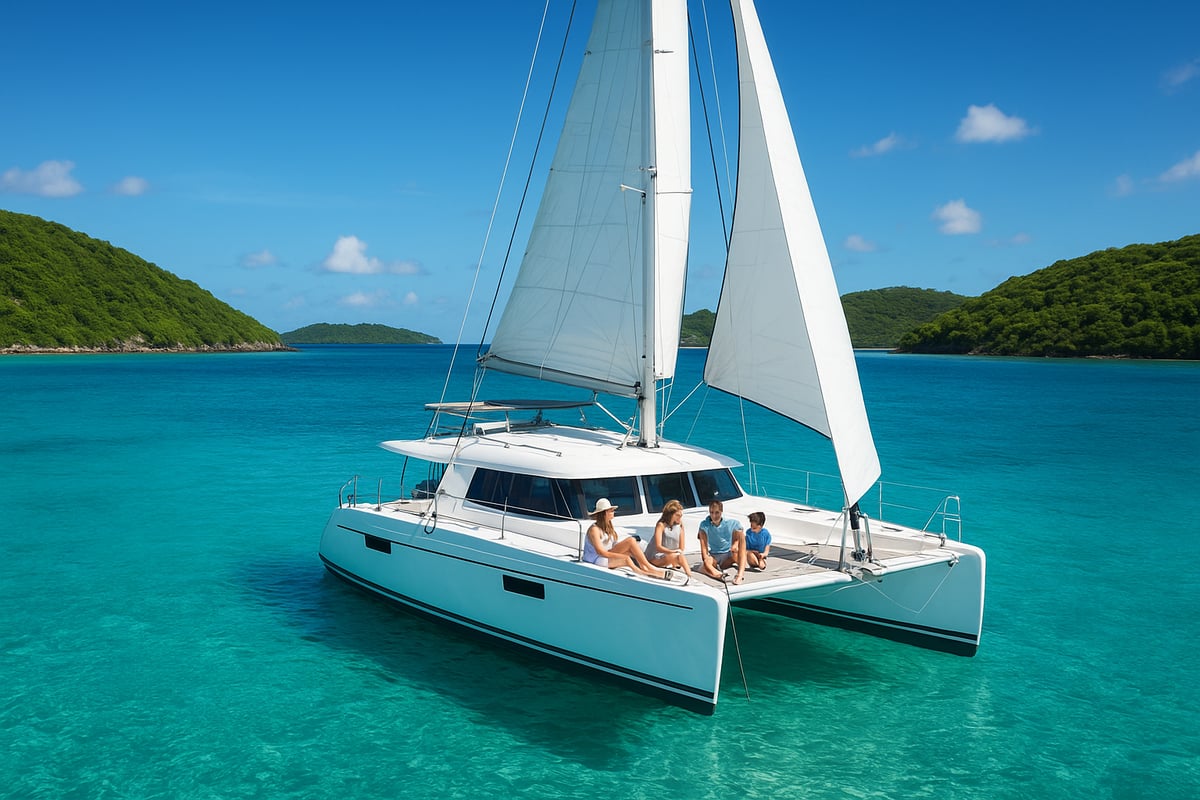
Caribbean Hotspots
The Caribbean remains the gold standard for a bareboat catamaran charter, with its steady trade winds, sheltered waters, and postcard-perfect scenery. The British Virgin Islands (BVI) consistently top the charts for charter popularity, thanks to their easy navigation, protected anchorages, and lively sailing culture.
In 2025, the BVI will host several renowned regattas, so plan ahead if you wish to join the festivities or avoid the crowds. The Grenadines and Grenada offer a more laid-back vibe, with uncrowded bays, colorful villages, and excellent snorkeling. These islands are perfect for those seeking both adventure and tranquility on a bareboat catamaran charter.
- BVI: Line-of-sight navigation, vibrant marinas, and lively beach bars
- Grenada & Grenadines: Secluded anchorages, local markets, and rich marine life
- Best season: December to April for ideal sailing conditions
Choosing a Caribbean route ensures warm weather, friendly locals, and a true sense of escape.
Mediterranean Gems
For sailors drawn to history, cuisine, and diverse coastlines, the Mediterranean is an unrivaled bareboat catamaran charter destination. Greece’s Ionian and Cyclades islands offer gentle winds, crystal waters, and countless coves. Charter infrastructure is strong, making provisioning and mooring straightforward for visiting crews.
Croatia’s Dalmatian coast is another standout, blending medieval towns, scenic archipelagos, and easy line-of-sight passages. Catamaran bookings in Croatia surged by 15% in 2023, reflecting its growing appeal. If you are considering a 2025 charter here, review the Croatia Catamaran Charter Costs 2025: Complete Pricing Guide for up-to-date rates and budgeting tips.
- Greece: Calm seas, ancient ruins, and vibrant island culture
- Croatia: UNESCO cities, clear waters, and excellent value
- Best season: May to October for pleasant weather
A Mediterranean bareboat catamaran charter offers a rich blend of culture, scenery, and sailing variety.
Exotic and Emerging Locations
Seeking a more adventurous bareboat catamaran charter? In 2025, exotic destinations will attract sailors eager for something unique. The Seychelles, with their granite islands and rare wildlife, are ideal for those craving unspoiled nature. Thailand’s Andaman Sea delivers year-round sailing, dramatic limestone cliffs, and welcoming local communities.
The South Pacific, especially Tahiti and Fiji, offers a sense of remoteness that is hard to match. These waters reward experienced crews with vibrant coral reefs, lush landscapes, and a slower pace of life.
- Seychelles: Pristine beaches, giant tortoises, and crystal lagoons
- Thailand: Reliable winds, stunning rock formations, and delicious cuisine
- South Pacific: Remote anchorages, traditional villages, and world-class diving
These regions promise unforgettable experiences for your next bareboat catamaran charter adventure.
Factors to Weigh When Choosing a Destination
Selecting the right bareboat catamaran charter destination involves several key factors. Seasonal weather patterns are crucial, as hurricane seasons or strong winds can affect safety and enjoyment. Always research local regulations, such as licensing requirements or anchoring restrictions, which vary by country.
Accessibility and travel logistics also matter. Some islands are well connected with direct flights, while others may require additional transfers. Charter base locations, provisioning options, and support services should factor into your planning.
- Weather: Check seasonal patterns and potential risks
- Regulations: Understand local rules for bareboat catamaran charter
- Accessibility: Consider ease of travel and charter base proximity
By weighing these elements, you can ensure your 2025 bareboat catamaran charter is both smooth and memorable.
Bareboat Catamaran Sailing Tips & Best Practices
Setting out on a bareboat catamaran charter means embracing both adventure and responsibility. Preparation is key to a safe, enjoyable trip. The following best practices, shaped by expert advice and lessons from seasoned crews, will help you make the most of your voyage.
Navigation and Safety Essentials
Before you depart on your bareboat catamaran charter, familiarize yourself with chartwork, GPS systems, and local navigation challenges. Always carry updated charts and backup navigation tools. Catamarans offer unique handling during docking and anchoring, so practice maneuvering in open water before approaching crowded marinas.
Safety remains the top priority. Conduct safety drills with your crew, ensuring everyone knows how to operate life jackets, fire extinguishers, and VHF radios. Review emergency procedures for man-overboard, medical issues, and engine failures. A detailed pre-sail checklist helps prevent oversights and keeps your voyage on course.
When in doubt, consult a bareboat yacht charter guide for comprehensive advice on essential navigation and safety routines. Regularly inspect critical systems, and refer to sailboat maintenance essential tips to keep your vessel in peak condition throughout your journey.
Maximizing Comfort and Enjoyment
A bareboat catamaran charter is as much about relaxation as it is about sailing. Efficiently manage your power and water usage—catamarans are designed for comfort, but resources can be limited, especially on longer passages. Make the most of the spacious galley by planning easy, nutritious meals and organizing provisions for the entire trip.
To keep all ages engaged, bring along games, books, and water toys like paddleboards or kayaks. Assign roles within your crew for cooking, navigation, and deck work. Rotate responsibilities to ensure everyone enjoys a balanced experience. Remember, communication and teamwork are key to a harmonious voyage.
Environmental Responsibility
Practicing eco-friendly habits on your bareboat catamaran charter is essential to protect the marine environment. Use biodegradable cleaning products, conserve water, and minimize waste by recycling and properly disposing of trash in port facilities. Avoid discharging anything overboard, especially in sensitive areas.
Anchor only in designated zones to prevent damaging coral reefs and seagrass beds. Respect wildlife by keeping a safe distance from marine animals and never feeding them. By following these guidelines, you help preserve pristine waters for future sailors.
Learning from experienced crews, common mistakes include neglecting waste management and anchoring carelessly. Stay vigilant, follow best practices, and your bareboat catamaran charter will be both memorable and environmentally responsible.
Frequently Asked Questions About Bareboat Catamaran Charters
Embarking on a bareboat catamaran charter is an exciting adventure, but it’s natural to have questions before you set sail. Here, we address the most common queries to help you make informed decisions and enjoy a seamless experience.
What sailing qualifications do I need for a bareboat catamaran charter?
Most companies require at least one crew member, usually the skipper, to hold an International Certificate of Competence (ICC), ASA 104, or RYA Day Skipper certification. You may also need to provide a sailing résumé or logbook showing relevant experience with catamarans.
How far in advance should I book for 2025?
Booking early is highly recommended, especially for peak seasons and popular destinations. Many charter companies open reservations 12–18 months in advance. As demand continues to rise, informed by recent Bareboat Charter Market Research Report 2033 data, securing your preferred vessel and dates early is crucial.
What’s included in a standard bareboat catamaran charter package?
A typical package covers the yacht, safety gear, linens, kitchenware, navigation tools, and a dinghy. Extras like kayaks, paddleboards, Wi-Fi, or outboard upgrades are usually optional and may incur additional fees. Always review your charter agreement carefully.
Can I charter a catamaran without any sailing experience?
A bareboat catamaran charter is best suited for those with prior sailing experience. Complete beginners are not recommended, as handling a large vessel safely requires knowledge and confidence. Some companies offer training or suggest a skippered charter if you lack the necessary skills.
What are the main differences between catamarans and monohulls?
Catamarans offer greater stability, more space, and shallow draft, making them ideal for families and groups. Monohulls provide a more traditional sailing feel and often better upwind performance. Your choice depends on your comfort, preference, and destination.
How do I handle emergencies or equipment failures at sea?
Before departure, your charter company will brief you on emergency protocols, equipment, and communication options. Always keep emergency contact numbers handy and ensure all crew know how to use the safety gear. Most companies provide 24/7 support in case of technical issues.
Are pets or children allowed on board?
Many charter companies welcome families with children and, in some cases, pets. You should confirm policies in advance, as some destinations or vessels have restrictions. Safety measures, such as lifejackets and netting, are advisable for young children.
Example: Real-world answers based on 2024 charter company policies and customer feedback
According to recent customer reviews and updated 2024 policies, most guests appreciate clear safety briefings, well-maintained vessels, and responsive support. A successful bareboat catamaran charter often comes down to thorough preparation, open communication with your crew, and choosing the right charter company for your needs.
You’ve just explored the essentials of planning a bareboat catamaran charter for 2025, from selecting the perfect vessel to choosing unforgettable destinations and mastering key sailing tips. If you’re ready to turn your dream adventure into reality, let Blue Life Charters guide your next journey. With a reputation for exceptional service and a fleet of luxurious, well-equipped yachts, you can confidently set sail on Charleston’s scenic waters or start planning for your next global voyage. Take the first step toward your personalized charter experience and Book Your Tour Today.

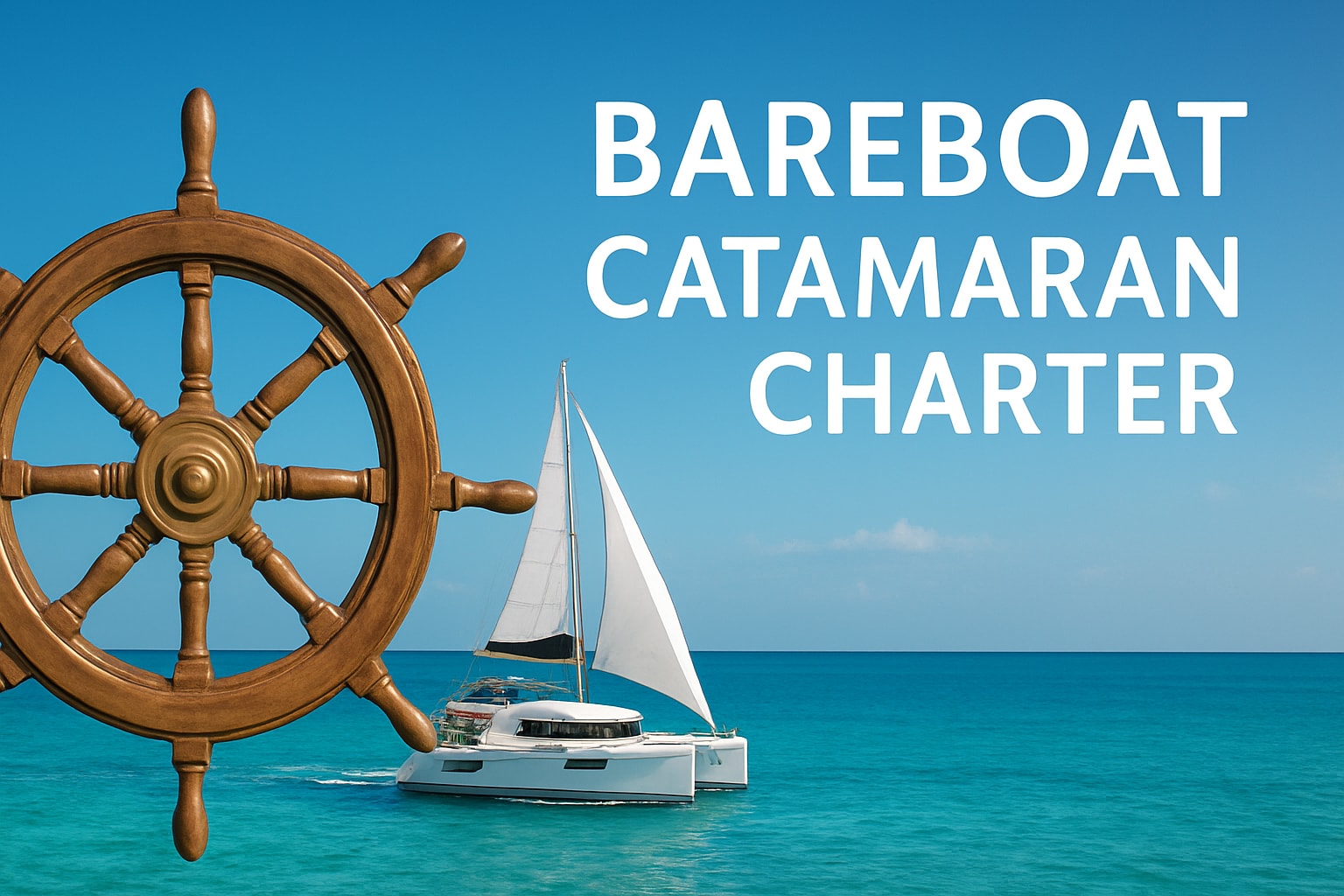
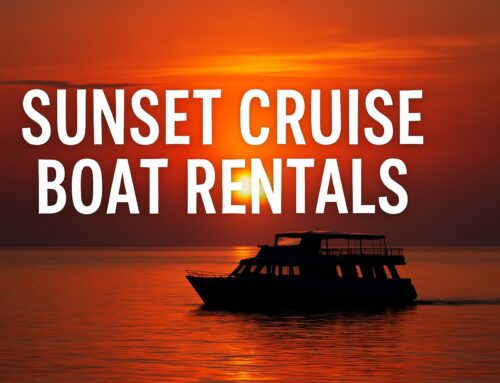
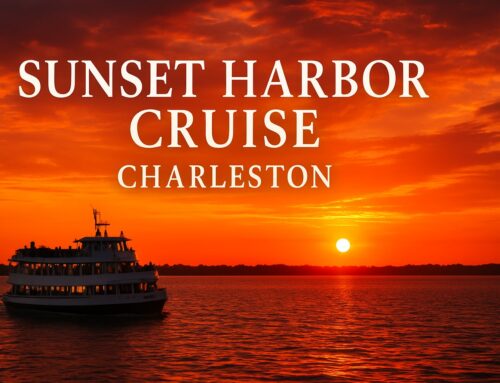


Leave A Comment
You must be logged in to post a comment.